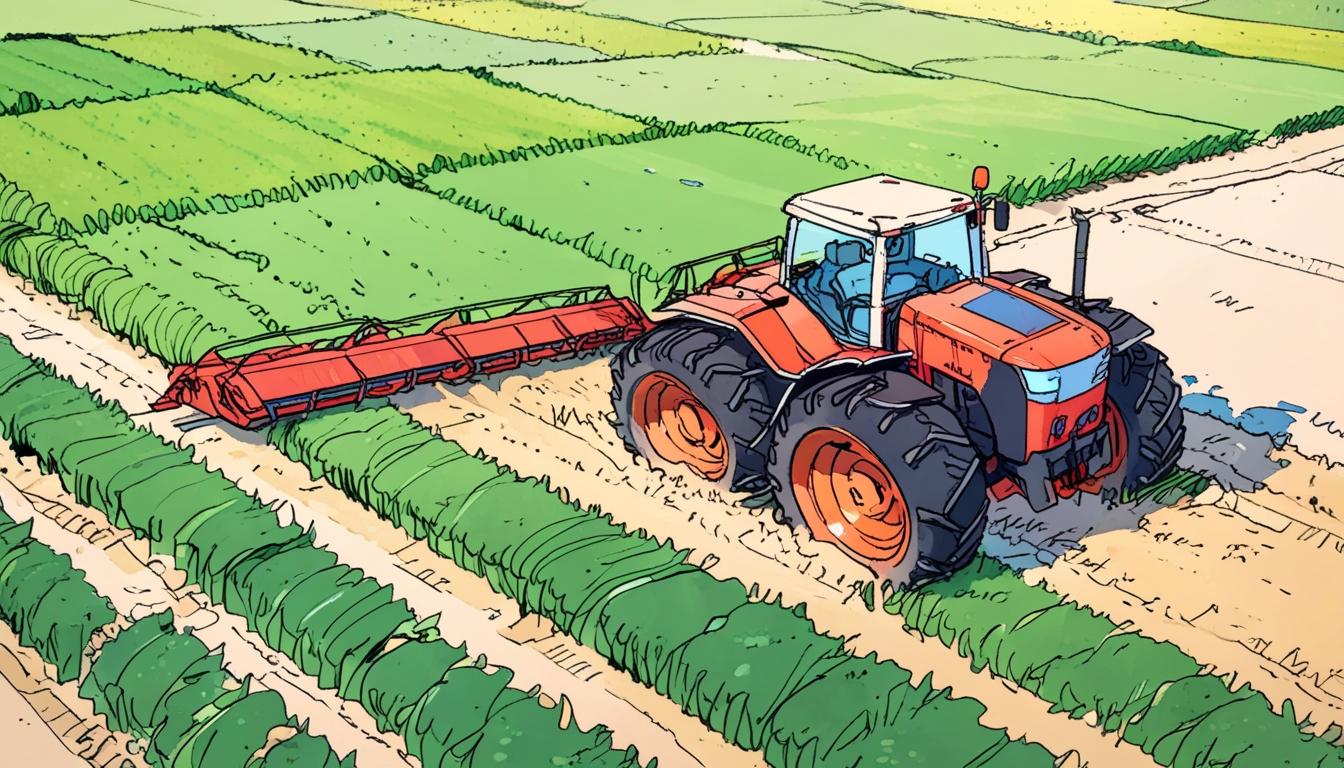The agricultural sector stands at a pivotal crossroads as the global population surges past 8 billion, with projections estimating it will near 10 billion by 2050. This demographic shift intensifies the demand for food production, placing unprecedented pressure on farmers, many of whom are already facing the dual challenges of static farmland and persistent labour shortages. With an average age of over 58, many farmers are putting in grueling 18-hour days during peak seasons to support their families while contributing to the global food supply chain. Such unsustainable practices underscore the urgent need for innovative solutions geared towards enhancing productivity.
One vital pathway is the adoption of autonomous technologies. These advances are not merely optional enhancements but essential tools designed to bridge the gap between human capability and the rigorous demands of modern agriculture. Innovations like AI-driven tools, advanced sensors, and robotics empower farmers to monitor vast expanses of crops and environmental conditions with an unprecedented level of precision. For instance, GPS-guided autonomous tractors, which integrate artificial intelligence, cameras, and high-speed processors, can navigate fields, detect obstacles, and optimise performance — thus providing real-time insights that lead to data-driven decisions.
While these technologies promise significant improvements in efficiency and productivity, their successful implementation hinges on overcoming certain adoption barriers. The transition to autonomous farming requires more than just cutting-edge tools; it necessitates a thorough understanding of how to leverage these technologies effectively. Manufacturing dealerships emerge as critical partners in this process. By providing expert guidance, hands-on training, and ongoing support, they help farmers build the necessary confidence and knowledge to integrate these new tools, ensuring that their investments yield tangible benefits while minimising disruption.
Scaling the adoption of autonomy across the agricultural landscape is equally crucial. The financial and operational needs of small and mid-sized farms often differ markedly from those of large-scale operations that can afford significant investments in autonomous machinery. Tailored solutions are essential—such as retrofit kits that enhance existing equipment with automation or flexible financing options—allowing farmers to adopt technologies at a pace that suits their specific circumstances. Moreover, addressing the digital divide is paramount; many rural areas still lack adequate broadband access, limiting farmers’ ability to utilise real-time data and cloud-based analytics, which are integral for maximising the potential of autonomous farming.
The challenges ahead are formidable, not least because of climate disruption, soil degradation, and water scarcity. Studies indicate that to meet the projected 100-110% increase in global crop demand by 2050, more efficient management practices are imperative. Failing to adapt could exacerbate existing problems, such as land clearing and greenhouse gas emissions. Thus, the need for a revolution in agricultural practices is becoming increasingly urgent.
While the journey toward comprehensive agricultural autonomy is ongoing, its importance cannot be overstated. As farmers, technologists, and industry leaders collaborate to address primary obstacles, expand digital infrastructure, and drive continued innovation, the agricultural sector has the potential to become more resilient and productive. By investing in research, education, and scalable solutions, stakeholders can create a smarter, more sustainable agricultural system that not only meets future food demands but also supports the farmers committed to feeding the world today.
As we look towards the future, it is imperative that a collective effort is made to accelerate the adoption of autonomy in agriculture. The advancement of these technologies represents a crucial step in ensuring food security for a growing global population, enabling farmers to operate efficiently while confronting the multifaceted challenges of modern farming.
Reference Map
- Paragraphs 1, 2, 3, 4, 5, 6, 7
- Paragraphs 1, 2, 5, 7
- Paragraphs 3, 4
- Paragraph 4
- Paragraph 5
- Paragraphs 3, 5
- Paragraphs 3, 6
Source: Noah Wire Services
